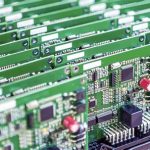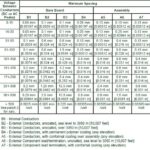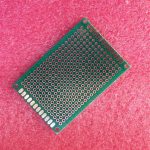
Blog
-
Citroen TU3F2K engine schematics
Posted by
–
 Read more: Citroen TU3F2K engine schematics
Read more: Citroen TU3F2K engine schematicsEngine Specifications Specification Value Engine Type Inline-4, SOHC Displacement 1360 cc (83 cu in) Bore x Stroke 75 mm x 77 mm Compression Ratio 10.5:1 Power Output 75 PS (55 kW; 74 hp) @ 5500 rpm Torque 120 N⋅m (89 lb⋅ft) @ 3400 rpm Fuel System Multi-point fuel injection Valve […]
-
Get A PCB Price Comparison Easily In RAYMING
Posted by
–
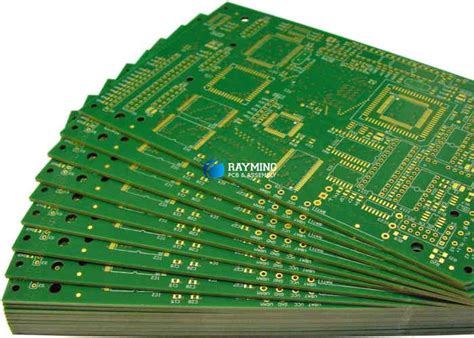 Read more: Get A PCB Price Comparison Easily In RAYMING
Read more: Get A PCB Price Comparison Easily In RAYMINGIntroduction to PCB Price Comparison Printed Circuit Boards (PCBs) are essential components in modern electronic devices. They provide the foundation for connecting and integrating various electronic components, allowing for the development of complex circuits and systems. When it comes to manufacturing PCBs, one of the most critical factors to consider […]
-
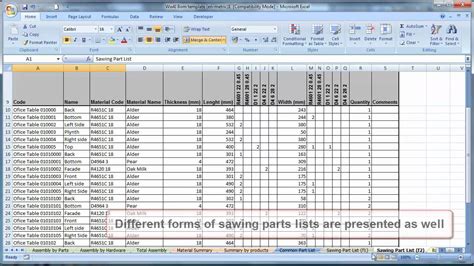 Read more: What is Bill of Materials(BOM Example for Download)?
Read more: What is Bill of Materials(BOM Example for Download)?Introduction to Bill of Materials (BOM) A Bill of Materials (BOM) is a comprehensive list of all the components, parts, and materials required to manufacture a product or complete a project. It serves as a crucial document that provides a detailed breakdown of the product structure, including the quantities, descriptions, […]
-
PCB Board Price–Do You Need To Control It?
Posted by
–
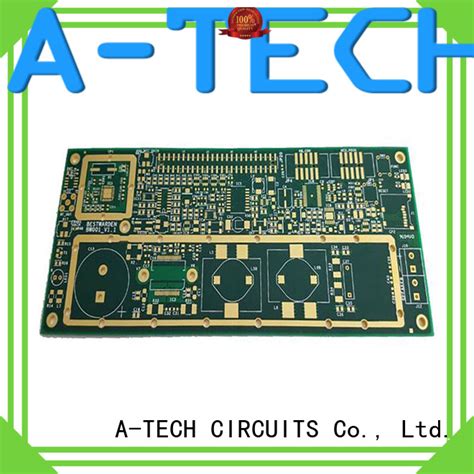 Read more: PCB Board Price–Do You Need To Control It?
Read more: PCB Board Price–Do You Need To Control It?Understanding PCB Price What Factors Influence PCB Price? Several factors can influence the price of PCBs, including: Board Size: Larger boards generally cost more due to the increased material and production requirements. Layer Count: Multi-layer boards are more expensive than single-layer boards because of the additional materials and processing steps […]
-
Tips & Tricks – BOM & CPL Data
Posted by
–
 Read more: Tips & Tricks – BOM & CPL Data
Read more: Tips & Tricks – BOM & CPL DataUnderstanding the Importance of BOM and CPL Data in Manufacturing In the world of manufacturing, two critical components play a vital role in ensuring the smooth production of goods: the Bill of Materials (BOM) and the Component Parts List (CPL). These documents serve as the backbone of any manufacturing process, […]
-
Component Kitting & Feeder Preparation
Posted by
–
 Read more: Component Kitting & Feeder Preparation
Read more: Component Kitting & Feeder PreparationWhat is Component Kitting? Component kitting is the process of organizing and packaging individual components together into a single kit for use in the manufacturing or assembly process. This process is commonly used in electronics manufacturing, where printed circuit boards (PCBs) require a variety of components to be placed on […]
-
What are BOM and CPL files?
Posted by
–
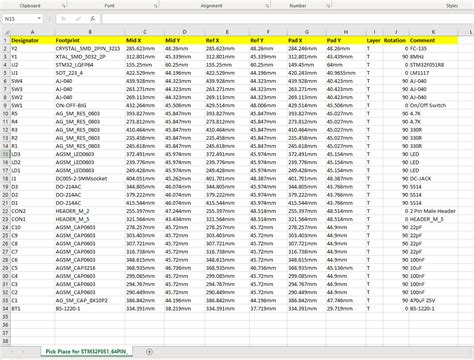 Read more: What are BOM and CPL files?
Read more: What are BOM and CPL files?Introduction to BOM and CPL Files In the world of manufacturing and product development, two essential files play a crucial role in organizing and managing the components and materials required for a project: the Bill of Materials (BOM) and the Component Parts List (CPL). These files serve as comprehensive databases […]
-
PCB Design Guidelines
Posted by
–
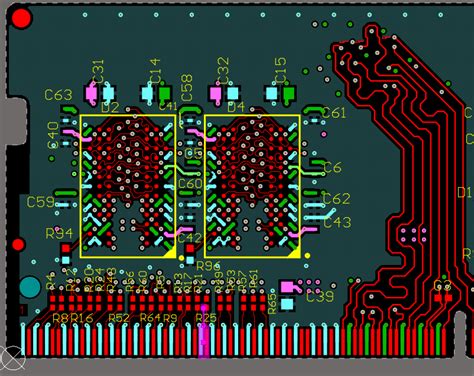 Read more: PCB Design Guidelines
Read more: PCB Design GuidelinesUnderstand the PCB Design Process Before diving into the specific guidelines, it’s important to understand the overall PCB design process. The typical steps involved in PCB design are: Schematic design Component selection PCB layout Design rule checks (DRC) Manufacturing Each step plays a critical role in the success of the […]
-
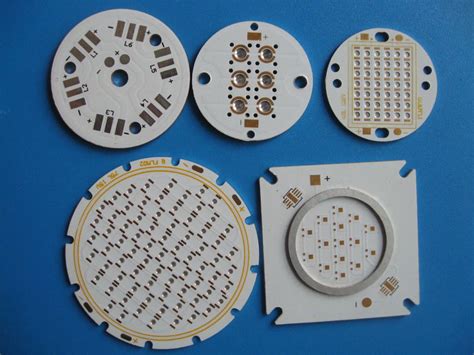 Read more: What is a Flexible Aluminum PCB? It Is Aluminum Based NOT FPC
Read more: What is a Flexible Aluminum PCB? It Is Aluminum Based NOT FPCIntroduction to Aluminum PCB Aluminum PCBs are a type of printed circuit board that uses aluminum as the base material instead of the traditional FR-4 or other rigid substrates. These PCBs offer unique properties and advantages that make them suitable for specific applications where flexibility, heat dissipation, and weight reduction […]
-
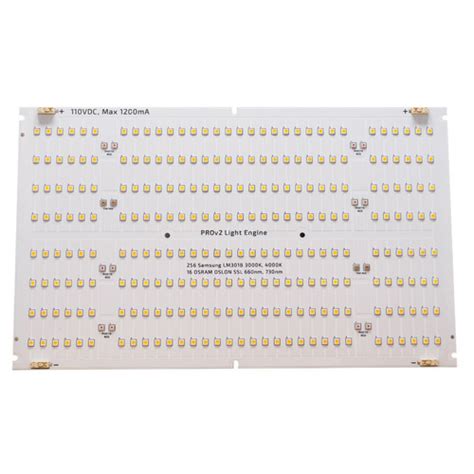 Read more: Ultimate Guide to LED Grow Light PCB Manufacturing
Read more: Ultimate Guide to LED Grow Light PCB ManufacturingIntroduction to LED Grow Light PCBs LED grow lights have revolutionized the indoor gardening industry by providing an efficient and effective way to cultivate plants in controlled environments. At the heart of these lighting systems are the printed circuit boards (PCBs) that power and control the LED components. In this […]
